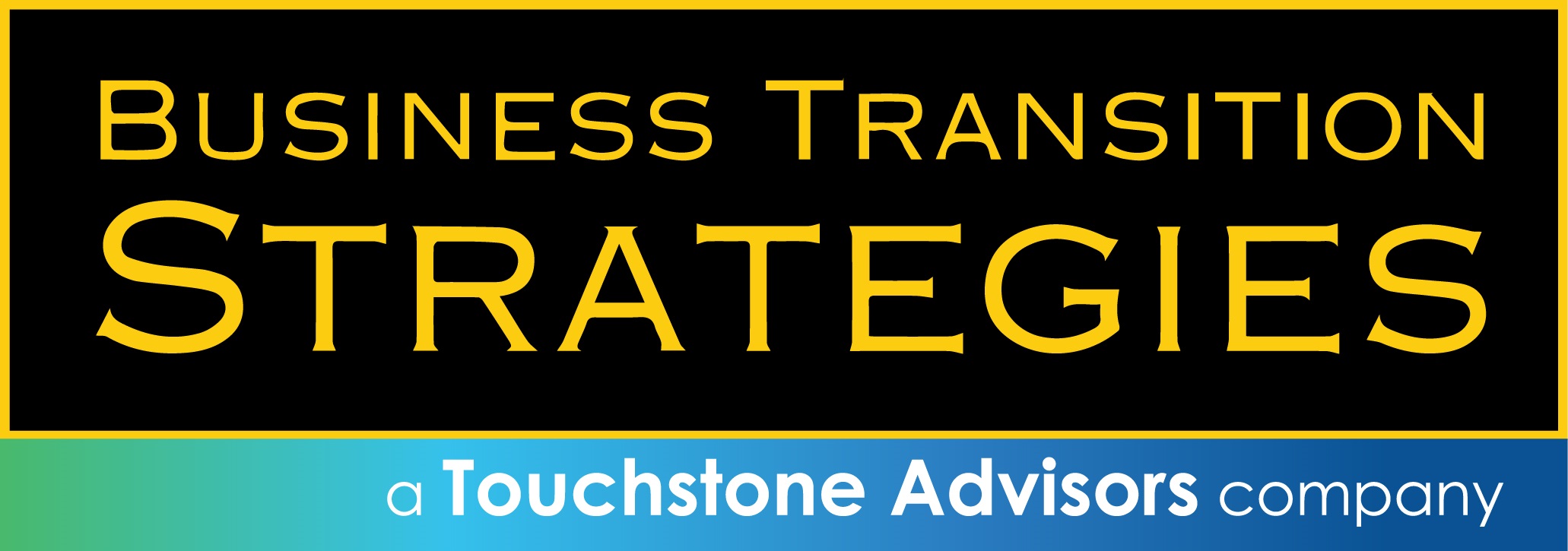Owners considering selling can look at the experience of a N.H. company for ideas of what to do to increase their chances for a good transition.
Globe Manufacturing, a 4th generation family-owned business based in Pittsfield, is a great example. With sales at the time of $110 million, the company was sold for $215 million to strategic buyer MSA Safety in 2017.
This transaction was a great deal. But it was not an accident. It took careful planning and preparation.
Gef Freese and Rob Freese were running the family business and spent eight years positioning it for an ownership change. Here are several insights they shared during a recent presentation:
- Preparation pays off. Management intentionally worked on the business to get it ready, including streamlining manufacturing and reducing delivery time, which went from an average of 120 days to 18 days. This impressive change enabled the company to turn orders around very quickly and made it more challenging for competitors to keep up.
- Make it hard to compete. Owners introduced multiple styles and versions of their firefighter garb, making it difficult for others in the industry to match their continuous innovations. The variation of styles and product improvements were attractive to consumers. It was a nice addition to what they were already known for: extremely reliable garments.
- Improve top and bottom lines. Management strategically focused on growing sales while exponentially improving the bottom line. This meant paying close attention to KPIs and keeping costs in check. A bigger EBITDA results in a higher multiple, which brings a bigger sales price.
Look at your company from a buyer perspective
Higher profitability attracts a higher price. It also generates a higher multiple. You don’t have to be Globe to leverage what you already are doing.
What would a potential buyer find when they looked closely at your business- your organization, processes, financials?
For example, it is natural for private companies to manage internal finances in a way that is “tax efficient”. We examine historical financials from the client and recast the expenses to develop an adjusted EBITDA figure, to show true profitability. These adjustments include expenses unique to the current owner and their structure.
Each of these adjustments is footnoted so that a prospective buyer can review these and see how we arrived at the figure. A rule of thumb is that the more adjustments required, the more questions that will be raised by a buyer.
When a Letter of Intent (LOI) is signed, the financial statements get close scrutiny by the buyer and their advisors including by the buyer’s accounting firm. In addition to confirming the information, this process often includes an independent test of inventory and how this is reflected in the accounting system.
What you can do now
A good first step is to have a preliminary discussion about a transaction. Our niche is companies with revenues between $2 to $20 million, but we work above or below this level as well.
We work under various timetables. It takes some time to assemble the data and information needed to prepare a business to go to market. Our process is aimed at maximizing the value.
If you are ready now, we can begin the process to get you to market right away. If a transaction is to take place in the future, we can get you going on a transition plan to position you for a future transfer. This often has a secondary benefit – it can make the business better for you as well.
It is still a good market. Contact us for a confidential conversation.
